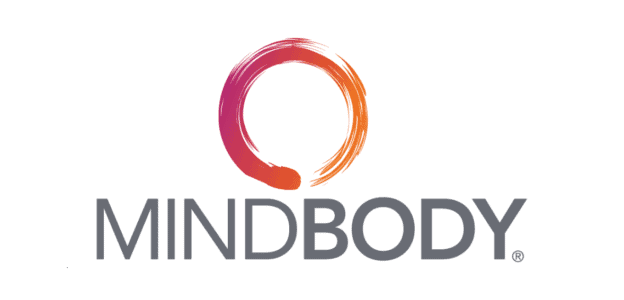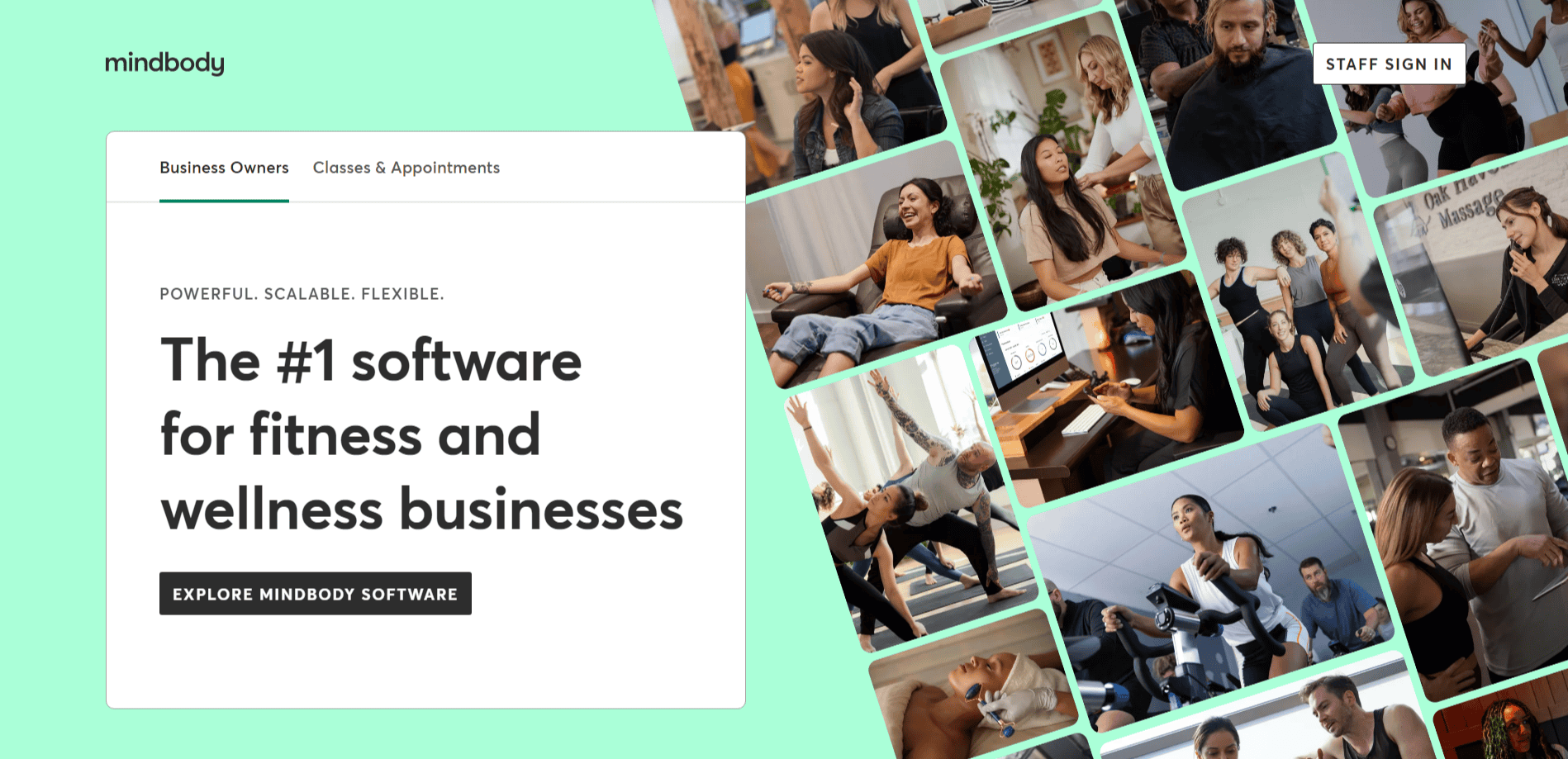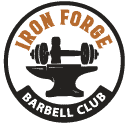Building a loyal fitness community can be challenging if you are new in the fitness business. Your main goal should be to keep your members engaged and satisfied so they return and stay loyal to your brand. It’s more than drawing in new members; it’s more about maintaining a community that encourages existing members to remain loyal.
This article will review 8 essential strategies for keeping your members and building a committed community within your fitness business. You’ll learn about recognizing your members’ specific needs and spending behaviors and cultivating a sense of belonging and loyalty through a network of supportive ambassadors. Each strategy is a way to boost your member retention and create a thriving fitness community.
Why Is Community Important in Fitness Business?
Community is key in fitness because it provides a supportive setting that boosts motivation, keeps you accountable, and encourages you to stick with your health and wellness goals over time.

- Increased Motivation and Accountability: In a fitness community, encouragement from others can greatly increase your motivation. Seeing the progress of others and knowing they rely on you to show up can motivate you to attend more regularly and work harder towards your fitness goals. This is often seen in group exercises where everyone’s commitment and enthusiasm can help you overcome challenges and make the process more enjoyable.
- Sense of Belonging: Joining a fitness community gives you a feeling of belonging and connects you with others with similar health and fitness objectives. This feeling of camaraderie is essential because it makes you feel supported and understood, particularly when you encounter challenges. A strong community can inspire and motivate its members to keep going even when it gets tough, helping everyone maintain consistent fitness habits.
- Enhanced Member Retention: Communities in fitness environments contribute to keeping members engaged. Group workouts and shared experiences create strong connections among members, making it more viable for them to stay with the gym or group even through hard times.
- Personal Growth and Support: Fitness communities focus on more than just physical health; they also support personal development and emotional well-being. Being part of such a community gives you access to a network of people who can offer advice, share their own experiences, and provide emotional support, contributing to a healthier, more balanced life.
- Brand Advocacy and Loyalty: Fitness community members often become champions of the brand. Proud of their gym, they are more likely to recommend it to their friends and families, helping the business grow naturally through personal recommendations and social sharing.
8 Strategies for Building a Loyal Fitness Community

1. Create Exclusive Online Communities for Members
Setting up an exclusive online community for your members can significantly increase their sense of belonging and commitment to your gym or fitness center. To create this digital community, you can use popular platforms like Slack, Facebook Groups, or even a custom app designed for your brand. These platforms allow members to share their fitness journeys, ask questions, and support each other, extending your community beyond the gym’s physical location.
You can organize regular discussions, virtual events, and member-only challenges in these online spaces to keep the community active and engaging. For example, you might set up monthly fitness challenges, weekly question-and-answer sessions with trainers, or special interest discussions that help members connect more with each other and your brand.
Gym and fitness business owners can create a strong, supportive network by developing these interactive online communities. Members who feel connected and engaged, both in person and online, will likely stay loyal, participate actively, and recommend your gym to others. This approach helps retain members and attracts new ones, helping your community thrive and grow.
2. Send Out a Regular Fitness Newsletter
A regular fitness newsletter can boost engagement and retention at your gym. First, get to know your audience. You can organize your email list by demographics, interests, and fitness levels. By doing so, you can make sure the content of each newsletter meets the specific needs of different groups, making it more engaging and valuable for them.
When planning the content of your newsletter, aim for a good mix. Include educational content such as workout tips and nutritional advice, motivational stories from members, updates on new classes or events, and opportunities for community building. Keep your messaging and newsletter frequency consistent to maintain interest and keep your audience informed.
It’s also crucial to include attractive, high-quality visuals to capture your readers’ attention and make the newsletter easy to read by breaking it into short, manageable sections. Always provide a clear call-to-action so readers know what you want them to do next. Make sure your newsletter looks good on mobile devices since many people will read your emails on their phones.
Decide how often to send out your newsletter. Though the frequency can vary, sending one each week is a good rule of thumb. This helps keep your members well-informed and engaged without overwhelming them.
Lastly, balance your use of images and text. While images make the newsletter lively, too many can slow down loading times and may detract from the reader’s experience. Ensure your newsletter’s design works well on all devices.
3. Host Community Events at Your Gym
Hosting regular events at your gym can help build a sense of community and encourage members to connect outside their regular workout times. Consider organizing enjoyable events that allow members to meet and interact beyond their usual class schedules.
Here are some ideas:
- Special Themed Workouts: You could hold themed workout days, like a “Halloween Workout” where members dress up and exercise in a festive setting. These can make workouts fun and create eagerly awaited annual events.
- Outdoor Activities: Plan group outings like hikes, kayak trips, or beach days. These are great for members to enjoy nature together and often encourage family participation, creating a more welcoming community atmosphere.
- Workshops and Seminars: Offer workshops on topics like nutrition, stress management, or healthy cooking. These sessions can provide useful information and skills, helping to integrate your gym more into members’ lifestyles.
- Charity Events: Organize events that support charitable causes. This can boost community engagement and give members a rewarding sense of contributing to something meaningful.
- Mindfulness and Relaxation Sessions: Consider adding events focused on mental health, such as guided meditations or yoga sessions. These can attract members interested in all aspects of wellness.
- Family Fitness Days: Host special days where family members are welcome, particularly on weekends. This encourages fitness as a family activity and can help retain current members while attracting new ones interested in family-friendly fitness options.
4. Learn How to Gauge Your Members' Spending on Fitness
Understanding how much your members spend on fitness-related activities and products is key to shaping your gym services to meet their needs better and boost retention. Knowing what your members are already spending on — whether it’s memberships at other gyms, different fitness classes, personal training, fitness gear, or supplements — gives you a clearer picture of their fitness habits and preferences.
One effective way to collect this information is by conducting short surveys. Ask your members about their fitness activities outside your gym and any related expenses. This data can help you tailor your services and marketing strategies to highlight what sets your gym apart. A robust gym management system can be of great help in this.
For instance, if many of your members are taking yoga classes elsewhere, consider offering yoga at your gym or featuring more yoga-related content in your newsletters or on social media. If a lot of your members invest in high-end gym equipment, you should provide top-notch equipment or host workshops on using this equipment effectively.
After collecting this information, think about what makes your gym stand out. It could be excellent personal training, a wide range of classes, outstanding customer service, or state-of-the-art equipment. Make sure these unique features are well-communicated to your members. By showing them how your offerings complement or improve upon their existing activities, you can make your gym an integral part of their fitness routine.

5. Improving Customer Service
Improving customer service is crucial for developing a strong fitness community and maintaining member loyalty. Personal interaction plays a significant role in this. Train your staff to recognize members by name, interact with them during their visits, and take an active interest in their fitness goals. This approach makes members feel appreciated and builds personal connections that improve their overall experience.
Give your team the freedom to address member issues directly, including handling refunds or resolving conflicts. Empowering your staff speeds up problem resolution and seeps a sense of responsibility and pride in their work. Keep in touch with your members through various channels like email, social media, and personal calls. Regular updates about their memberships, class schedules, or service changes are crucial for keeping things transparent and dependable.
Equally important is ensuring that your staff are content in their roles. If your team is stressed or overworked, it will be noticeable to your members. Creating a positive work environment boosts staff morale and member retention.
Boosting team morale is simpler than it might seem. Ensuring your team feels acknowledged and listened to can make a big difference. Implementing a suggestion box in the staff room or organizing a social outing for the team can greatly improve their mood and perspective.
6. Use Social Media to Highlight Member Achievements
Celebrating your membersf’ successes is a great way to strengthen your community. Feature their achievements on your website and share them on social media. This not only creates a sense of pride within your community but also encourages others to get more involved. By making members feel valued and connected to your studio, they’re more likely to keep returning and bringing new members along.
Recognizing people publicly helps build a supportive environment that keeps members engaged, which is key for keeping them around longer.
7. Offer Themed Classes and Special Programs
Introducing themed classes and special programs can boost engagement in your gym or studio. Think about starting classes that cater to specific interests, like “Yoga for Beginners,” “Strength and Flexibility Bootcamp,” or “Women’s Weightlifting.” These specialized classes can better meet the needs of different groups within your community, increasing their satisfaction and loyalty.
Host theme-based events like a “Halloween Workout Bash” or “Summer Fitness Challenge.” These events are fun and give members something exciting to look forward to, encouraging them to return.
Focusing on niche programs targets the interests of smaller groups within your community. This approach raises member engagement by aligning with their interests and helps build stronger connections among members with similar goals. Creating this community is essential for keeping members around longer and supporting a positive gym atmosphere.

8. Promote Your Loyalty Program
Promoting a loyalty program effectively combines face-to-face and online methods to boost member engagement and participation. Here’s how you can do it:
- Launch Event: Kick off with a special event at your gym to introduce the loyalty program. You could host an open day with demonstrations, free classes, or a social gathering where you explain the benefits of the new program. This event is not just informative—it’s also designed to build excitement and get members enthusiastic about joining the program.
- Email Campaign: Set up a detailed email campaign to give your members all the information they need about the loyalty program. Start with an introductory email that announces the program and gives an overview. Follow up with more emails that cover specifics, like how to earn points, what the reward tiers are, and what kind of rewards members can earn. Make sure each email has a clear call to action that encourages members to sign up and get involved right away.
- In-Gym Promotions: Complement your online efforts with physical promotions around the gym. Put up posters and flyers in places where they’re sure to be seen, like the entrance, locker rooms, and by the workout equipment. These should focus on the main perks of the loyalty program and give easy instructions for how to join. Using eye-catching visuals here is key to drawing attention and reminding members about the program’s benefits while they’re at the gym.
- Referral System: Enhance your loyalty program by incorporating a referral system. Encourage your members to bring friends or family to the gym by offering rewards for each new member they bring who signs up. You could provide extra points, free merchandise, or special discounts as incentives. Make sure to communicate the details of the referral system clearly—let members know exactly how they can benefit and what steps they need to follow to make referrals. Promote this system through all your channels, including email, social media, and in-gym signage.
Conclusion
Building a loyal fitness community requires more than offering great services—it’s about cultivating a sense of belonging and creating meaningful connections. Implementing strategies such as creating exclusive online communities, hosting engaging events, improving customer service, and promoting a well-structured loyalty program can enhance member satisfaction and encourage long-term retention.
Consistently engaging with your members, celebrating their successes, and providing valuable resources helps establish trust and commitment, essential for a thriving, loyal fitness community. Focus on your members’ unique needs and preferences to make your fitness business a place to work out and a community where people feel supported and motivated to reach their goals.
Frequently Asked Questions
Measure success by tracking KPIs like member retention, event participation, and online engagement. Gather feedback through surveys and monitor social media activity to assess satisfaction and community involvement. Use this data to adjust strategies as needed.
Choose a platform that suits your members, like Facebook Groups or Slack. Keep the community active with regular posts, moderation, and prompt responses. Encourage member contributions, create spaces for sharing, and organize virtual events to maintain interest.
Address conflicts quickly and professionally, mediating discussions privately when needed. Listen to negative feedback, acknowledge concerns, and take action to resolve issues. Use feedback as a chance to improve and communicate any changes to the community.






































